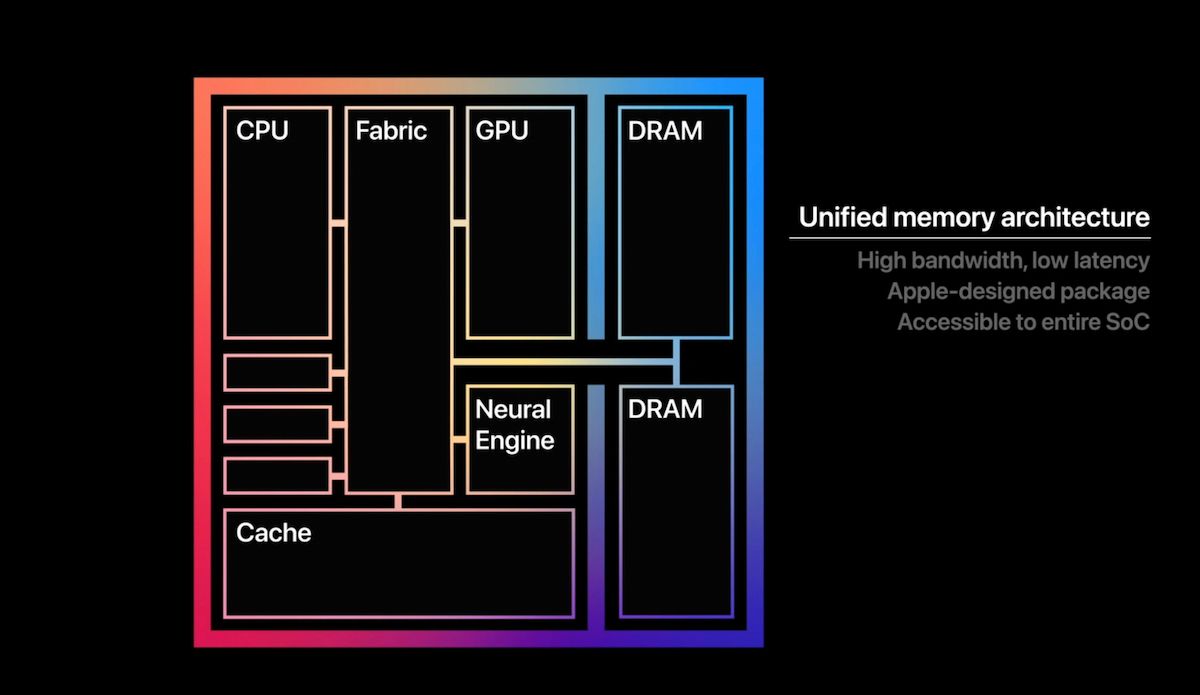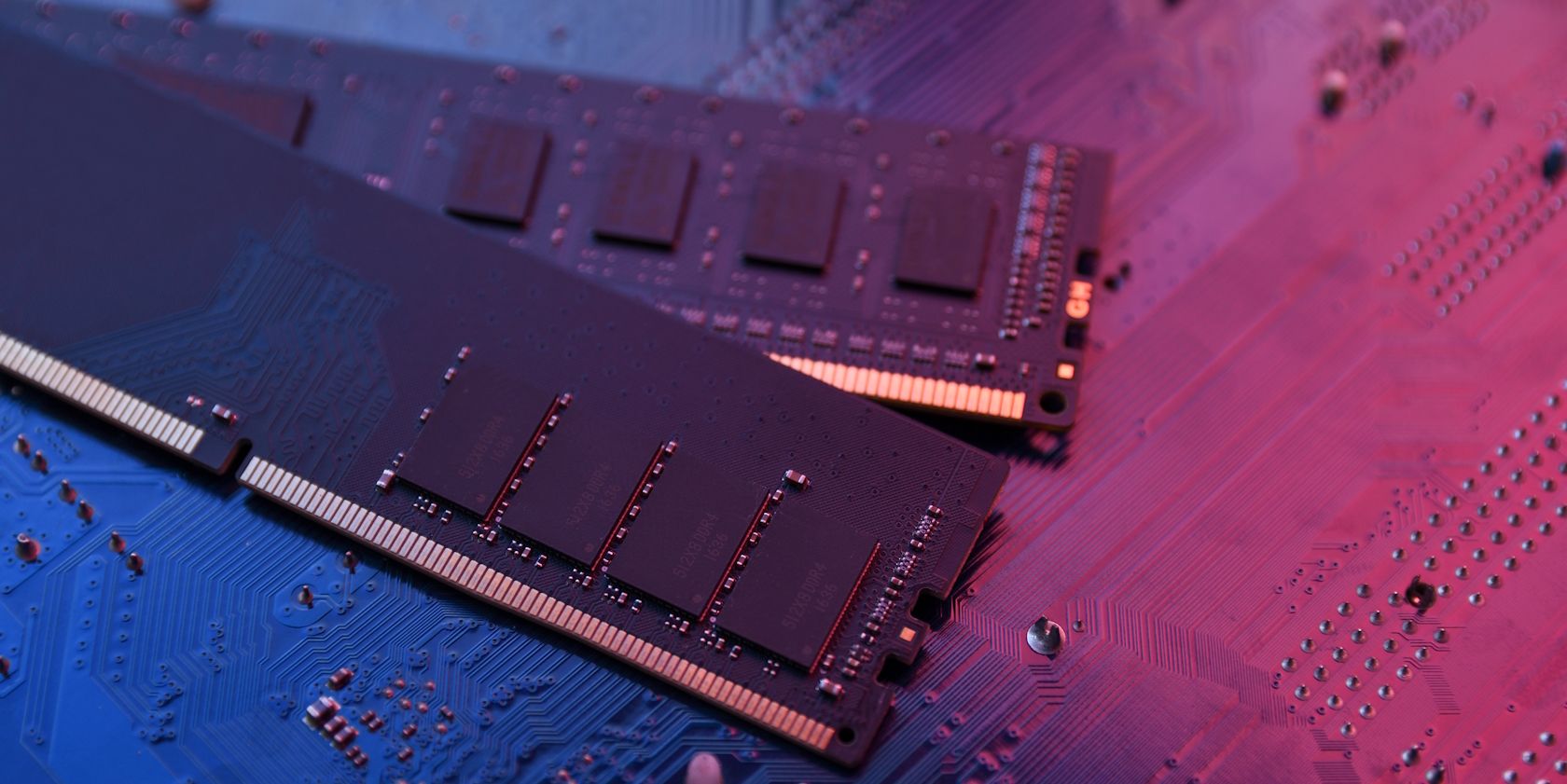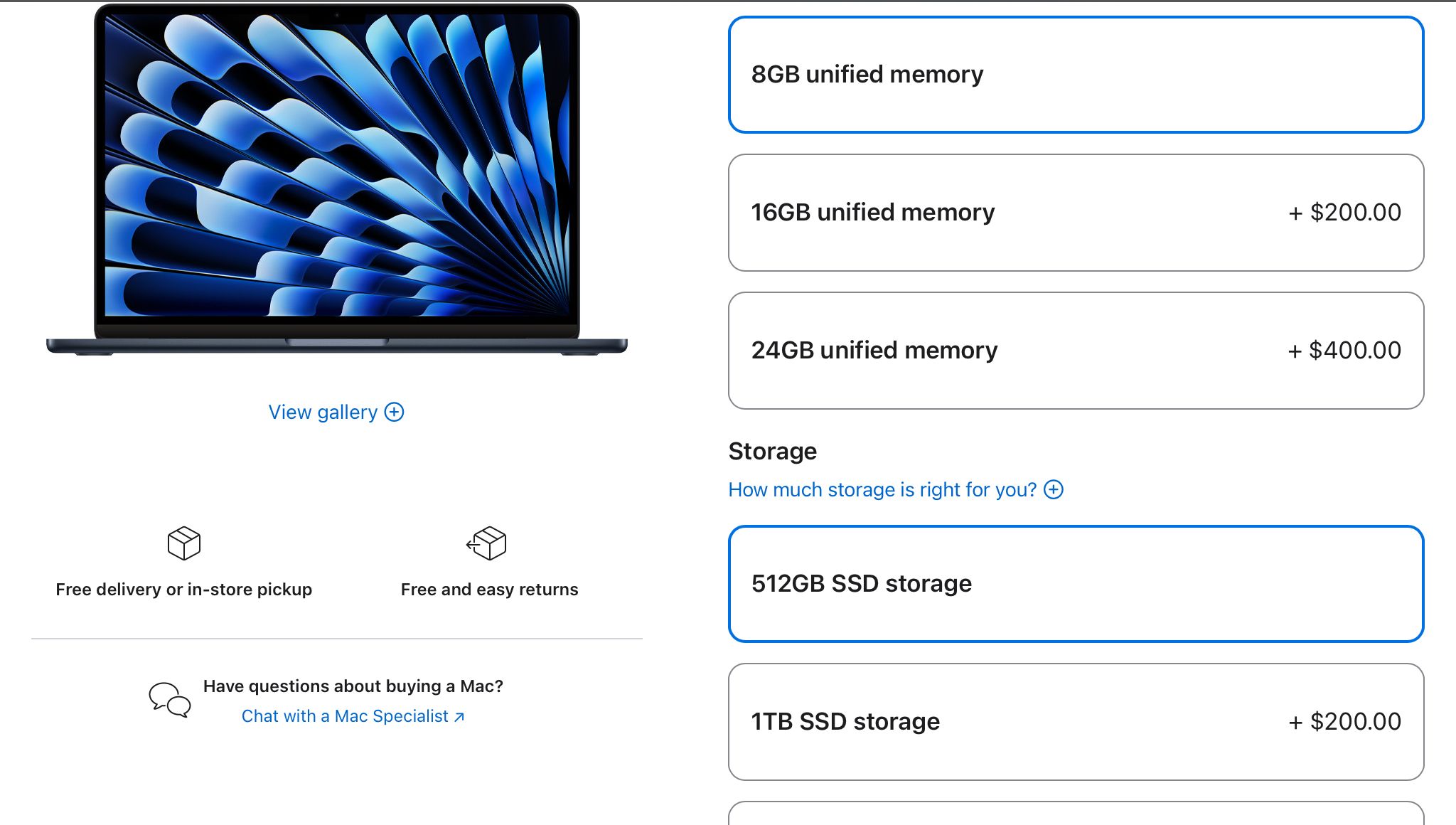What Is Unified Memory on Your Mac and How Does It Work?

Key Takeaways
Apple’s unified memory architecture is faster and more power-efficient than traditional RAM.
Unified memory allows the CPU, GPU, and Neural Engine to access the same memory pool.
Consider your configuration options carefully when purchasing a Mac, as unified memory is expensive and not user-upgradable.
If you considered buying a modern Mac recently, you may have come across the term unified memory being used instead of RAM. But what does it mean, and how is it different from traditional RAM? Read along to find out.
What Is Unified Memory?
People often think the Apple silicon chip is a CPU, but that’s not entirely true. It’s actually an SoC (System-on-a-Chip), which consists of various components in the same package, such as the CPU, GPU, Neural Engine, and more.
All these components require some place to temporarily store data in order to function, and that’s when Apple’s unified memory comes in. Unified memory consists of extremely fast DRAM chips that are located in the same package, which leads to lower power consumption and better performance.
The main advantage the SoC gains from this is that it can utilize a single pool of high-speed, low-latency memory that’s readily accessible by all components. This eliminates the need for data to be copied between different memory locations, a process that can be time-consuming and requires additional power.
How Is Unified Memory Different From Traditional RAM?
The CPU and GPU in a traditional system have different architectures; they depend on different types of RAM for getting data. There are two types of RAM on a traditional system with a dedicated GPU: the system RAM and VRAM (video memory)
The VRAM is responsible for sending data to the GPU, whereas the system RAM is responsible for transferring data to the CPU. The biggest bottleneck with traditional RAM is that it is connected to the CPU using a socket on the motherboard, which is generally slower than RAM integrated with the SoC.
On the other hand, Apple silicon uses the same substrate for mounting the RAM and the SoC. Although the RAM is not part of the SoC in such an architecture, Apple uses a silicon interposer to connect the RAM to the SoC.
In simpler terms, this setup means that the RAM is located very close to the components that need to access it. This eliminates the bottleneck we talked about, making it more power efficient and faster while also being suitable enough to be used by the GPU without any compromises.
Is Unified Memory Faster Than Traditional RAM?
As we explained earlier, the GPU and the CPU have different memory pools in traditional settings. Apple, on the contrary, allows the GPU, CPU, and Neural Engine to access the same memory pool, meaning data does not need to be transferred from one memory system to another, improving the system’s efficiency further.
Due to all these differences in the memory architecture, the unified memory system offers high data bandwidth to the SoC. In fact, the M2 Ultra provides a bandwidth of 800GB/s, which is substantially higher compared to discrete GPUs like the AMD Radeon RX 7800 XT, which offers a bandwidth of 624GB/s.
However, the M2 Ultra doesn’t offer the best figures in its class. NVIDIA’s GeForce RTX 4090 and AMD’s Radeon RX 7900 XTX both beat the M2 Ultra in terms of memory bandwidth (1008GB/s and 960GB/s, respectively) and general performance as well.
This high bandwidth enables the CPU, GPU, and Neural Engine to access vast data pools in nanoseconds. However, this also means that you may run out of memory more quickly during tasks that use both the CPU and GPU, such as gaming, because the RAM is shared across the entire SoC.
How Much Unified Memory Do You Need?
The biggest disadvantage of Apple’s architecture is that since the memory is baked into the SoC, you cannot upgrade your Mac’s RAM down the line. On most Macs, Apple charges an absurd $200 for 16GB of unified memory, so you should carefully assess how much you need today and in the future.
I personally use an M1 MacBook Air with 8GB of unified memory, and although it’s enough for general use, it does go through the occasional struggle. So, I’ll definitely configure my next Mac with at least 16GB of unified memory. But if you need more help making an informed decision, we have a dedicated guide on how much memory you need for your Mac.
While the initial cost of upgrading unified memory may seem high, it might be better to just eat up that cost. It’s cheaper than buying an entirely new Mac just because you realized that your current configuration is not fit for your tasks two or three years down the line.
Source link









